About 200 km South from Paris we can find a vast region of the Loire Valley – a region rich in history and wine production. I visited this region twice and it has always been such a charming experience, so I decided that I definitely need to write about it and share my photos here.
Between the towns Angers and Orléans, along the river Loire and its inflows, there is a huge concentration of mostly Renaissance castles that were built by the French kings or their close relatives. You can see the most important castles on the below map of the Loire Valley. As it is a vast territory and our both trips were only long weekends, we choose to visit a part of the region where the most beautiful castles are located – Loir-et-Cher and Indre-et-Loire (between Tours to Orléans).
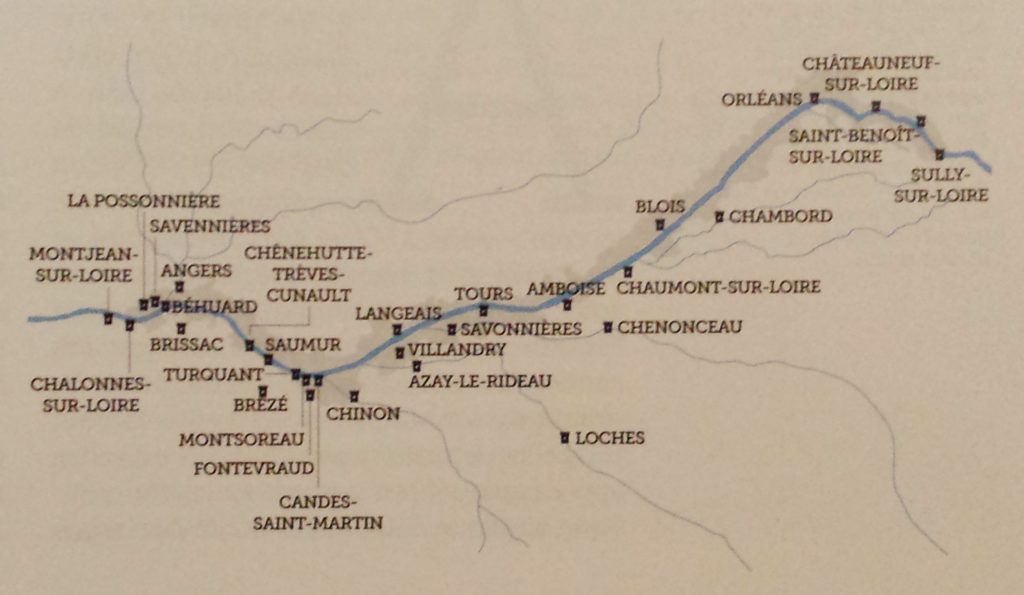
Chambord
This majestic castle situated close to Blois is the biggest castle in the Loire Valley. It is one of the most known castles in France, with 700,000 visitors per year. The works started in the 1st half of the 16th century on the order of the French king Francois I., who unfortunately didn’t spend much time here because he died before the works were finished. Louis XIV managed the works until end, and then he spent his time here hunting and having fun. The interior was equipped in the 18th century, but during the French revolution the furniture was sold. After the French revolution, the castle was owned privately until 1930, the owner died and the castle was given to the state. During the WWII, French valuable art collection (such as Mona Lisa) was stored here.
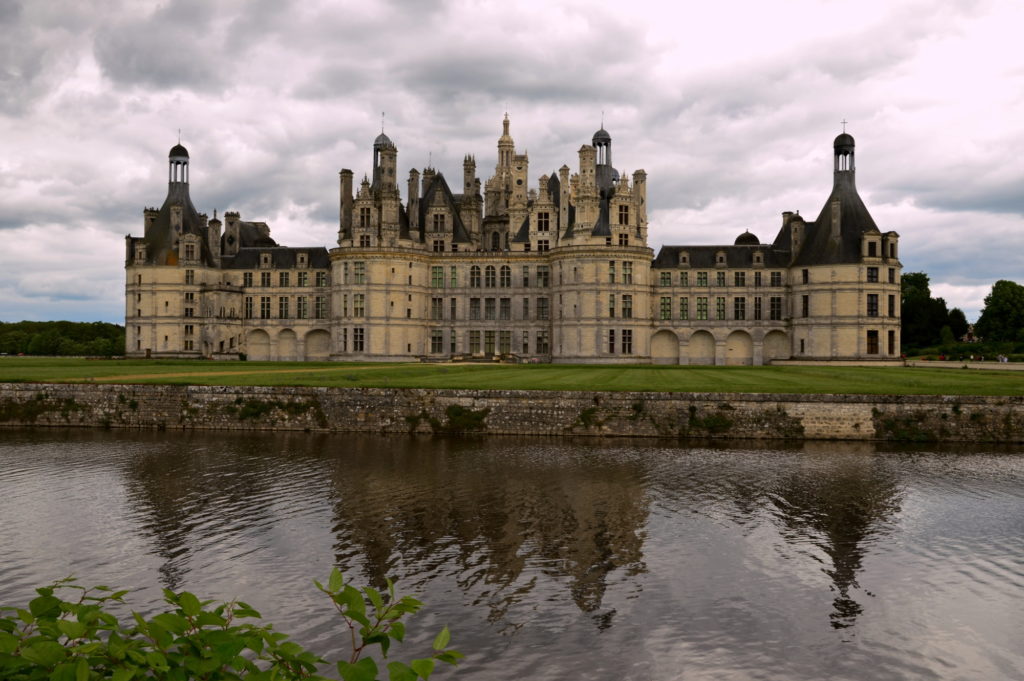
It is a huge complex with 400 rooms, 80 stairs and 365 chimneys. On each floor in the main part, there are 4 corridors, each on one cardinal point, and they all meet in the middle where you can see the famous Da Vinci’s double-helix staircase (Da Vinci worked as an architect of Francois I).
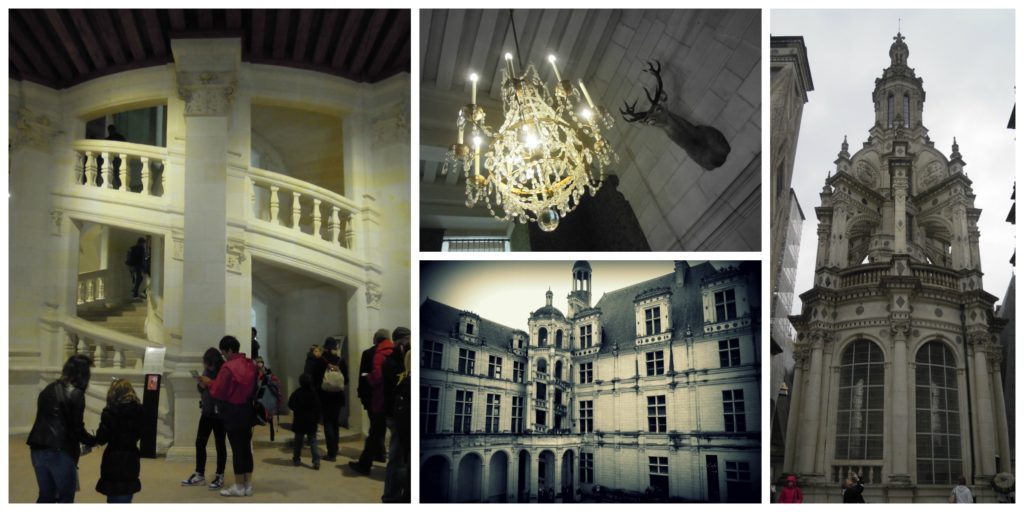
The domain of more than 5,000 hectares is the largest closed wooded park in Europe. If you wish to discover it better, you can choose from 2, 4, or 8 km walking paths or rent a bike in front of the castle.
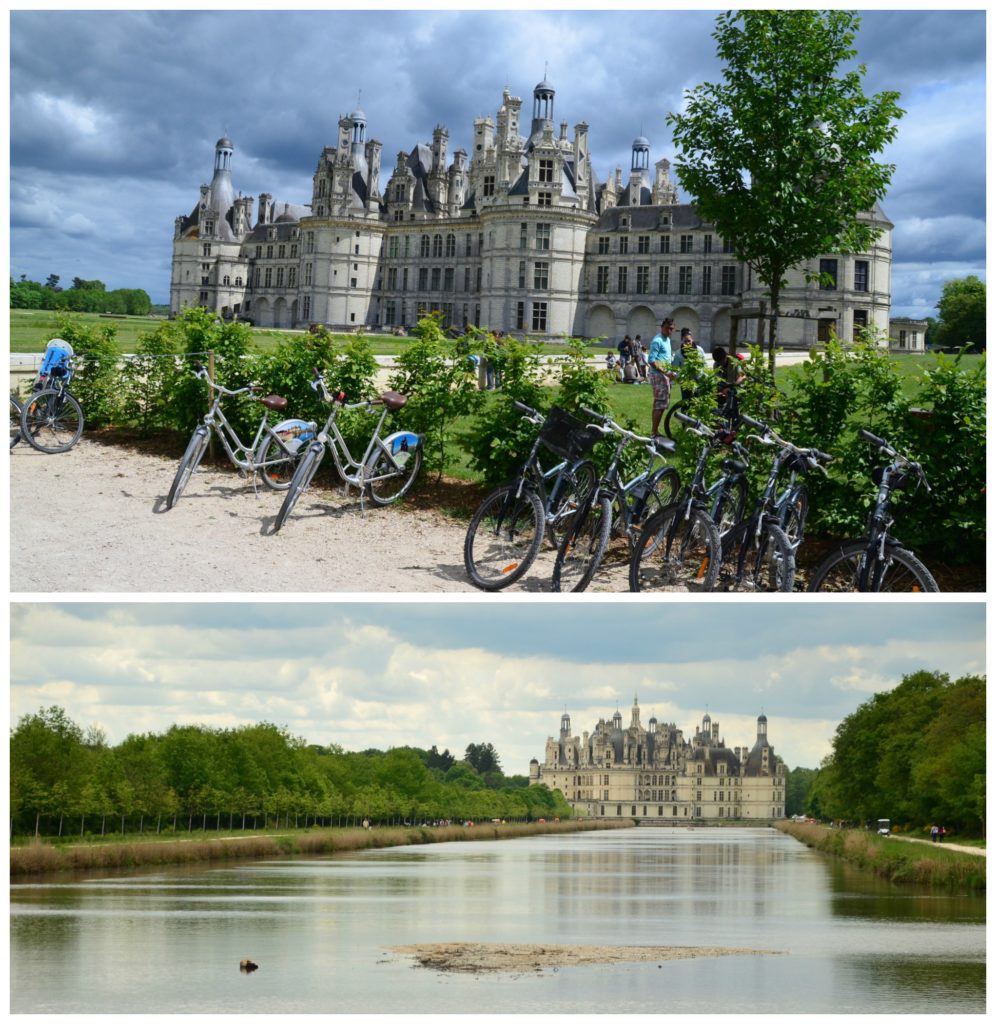
Last weekend, we rented bikes here and it was a different experience than just a walk in the park…
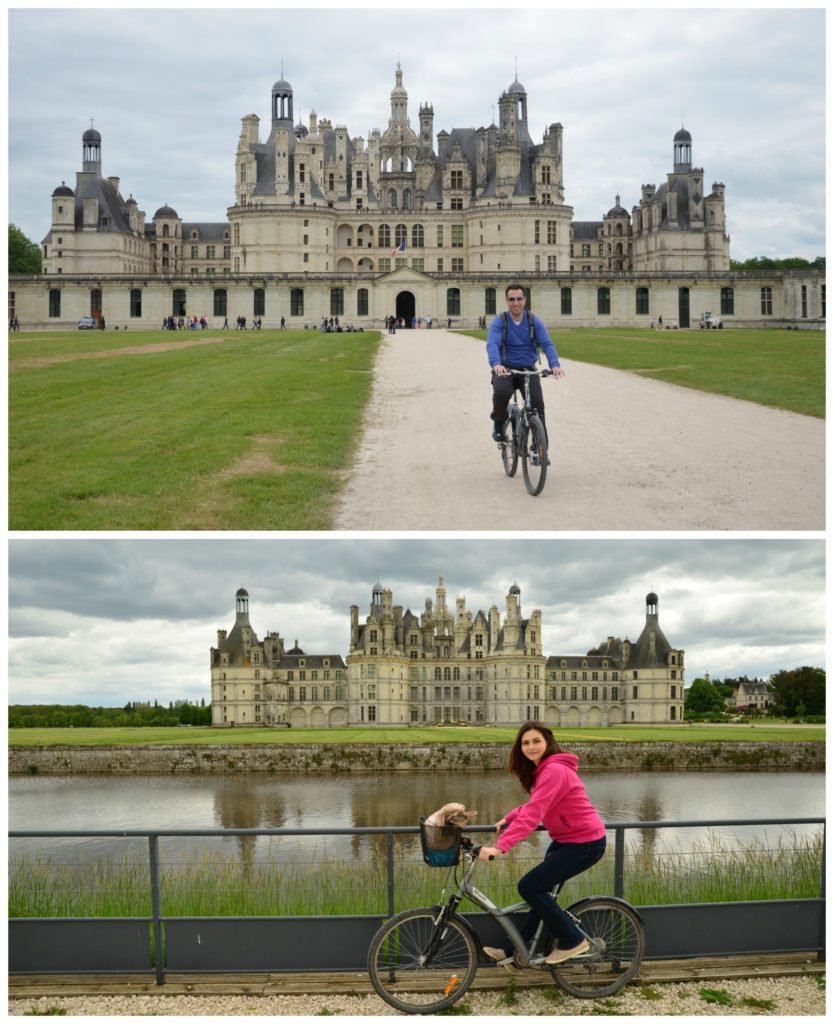
You can wander in the meadows, forest, along the wetlands, observe animals from high seats or admire these dead trees:
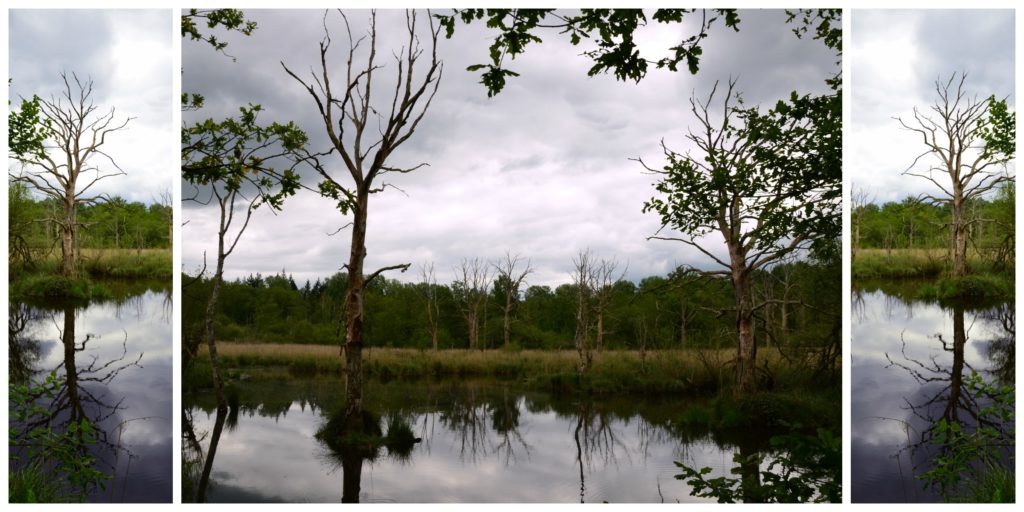
On our way from the parking to the castle, there is a little market with local products, where you can get cheese, wine, fruit from farms or homemade jams or caramel. I was here once on Friday and once on Sunday and the same market was there both days. I bought strawberries here and they were one of the best strawberries I have eaten since ever. I got also the homemade salty caramel from the lady on the below picture – I still need to use it somehow, but I tasted it before buying and it was delicious!
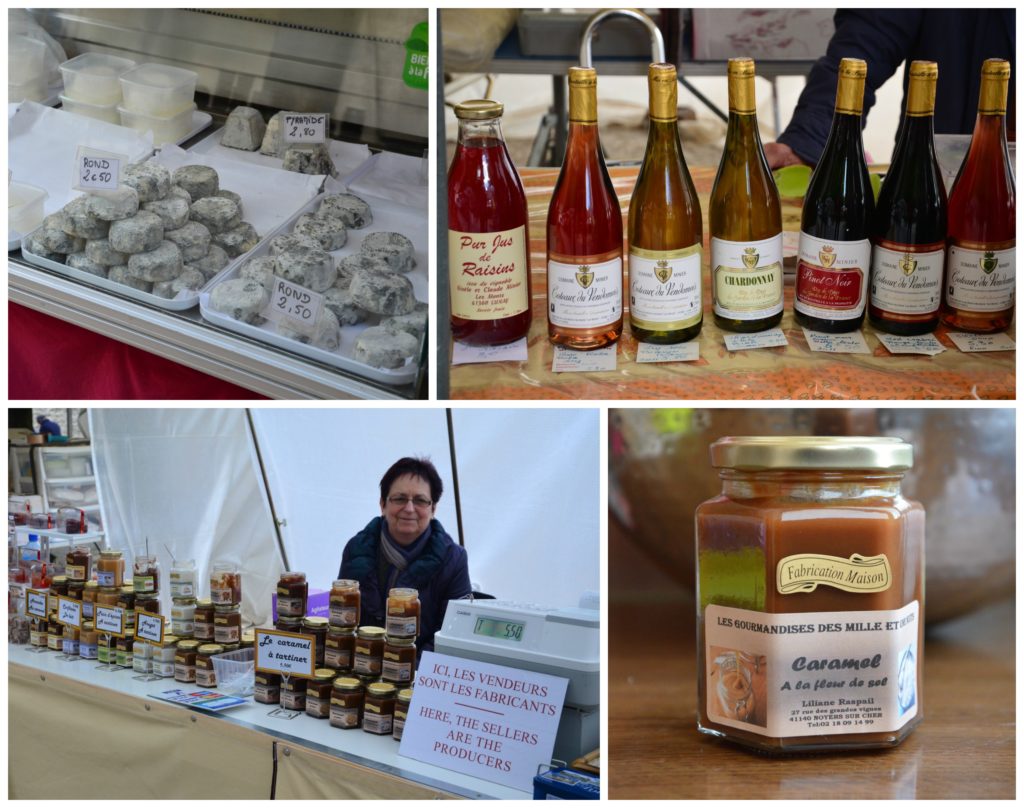
If you like cookies, you need to go to the local shop! You can try almost all sorts and I guarantee you that you will not leave without at least 1 box. Try the cherry ones – they are amazingly soft and tasty. Others I loved and bought as a present were chocolate-orange ones. I also bought mandarins without tasting, and they are very good, but more crunchy.
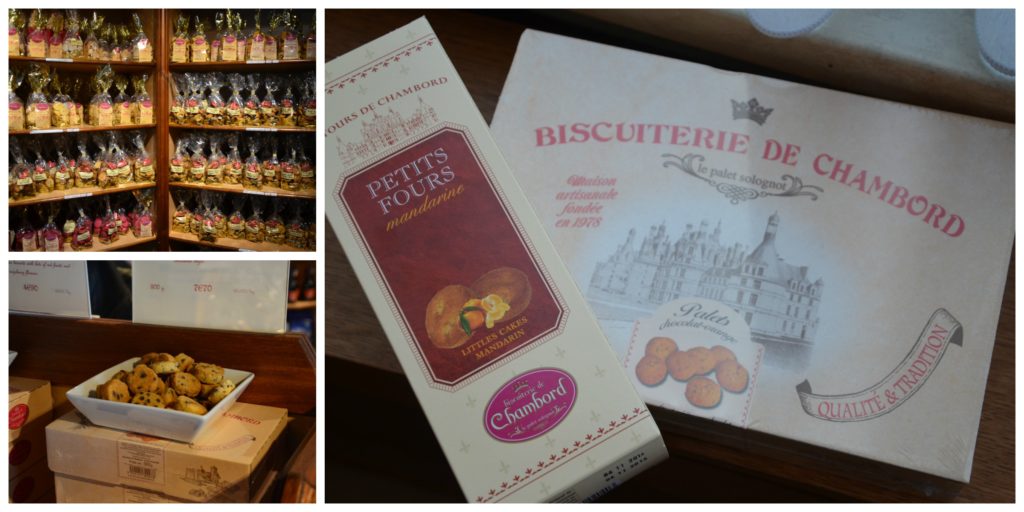
After the shopping on the market, you can do a picnic in the park in front of the castle – very good idea, if it is a sunny day! 🙂
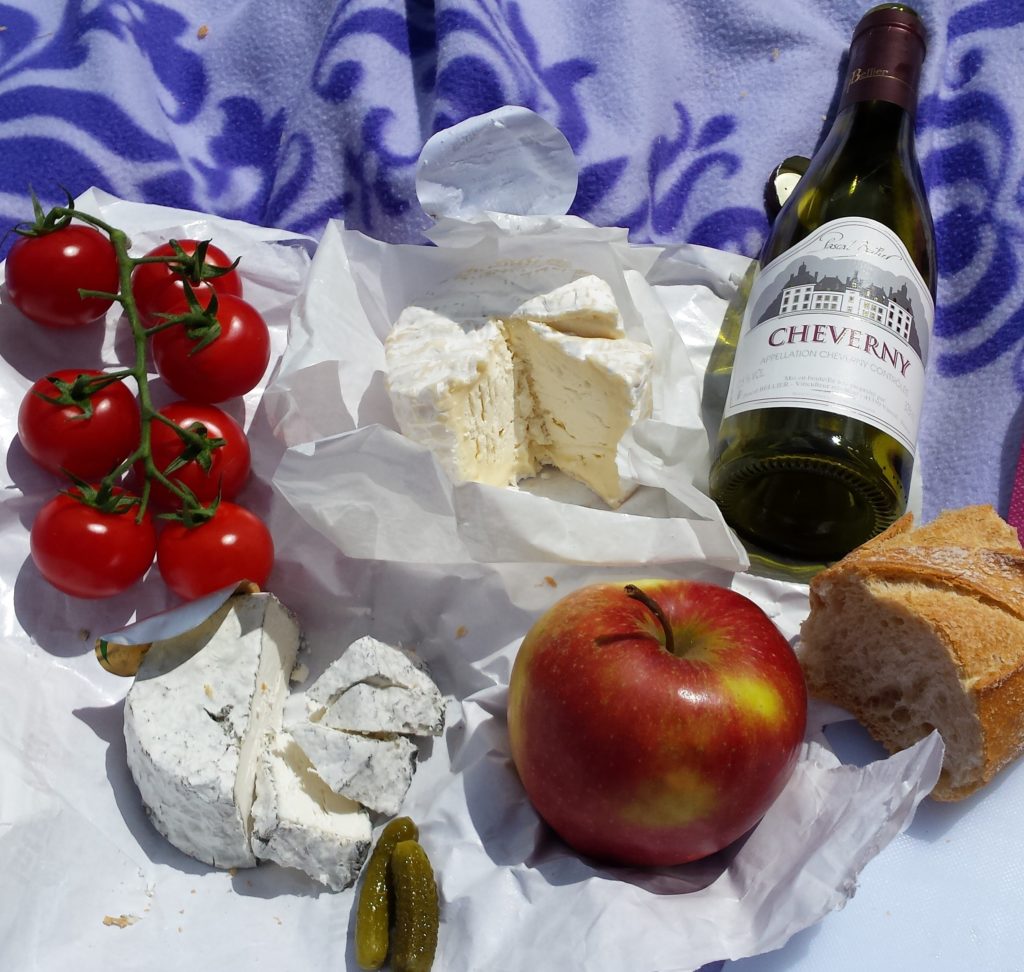
Official website of Chambord: chambord.org
Chenonceau
Chenonceau used to be a Royal residence and was marked especially by women such as Diane de Poitiers and Catherine de Medici. After Versailles, Chenonceau is the second most visited castle in France.
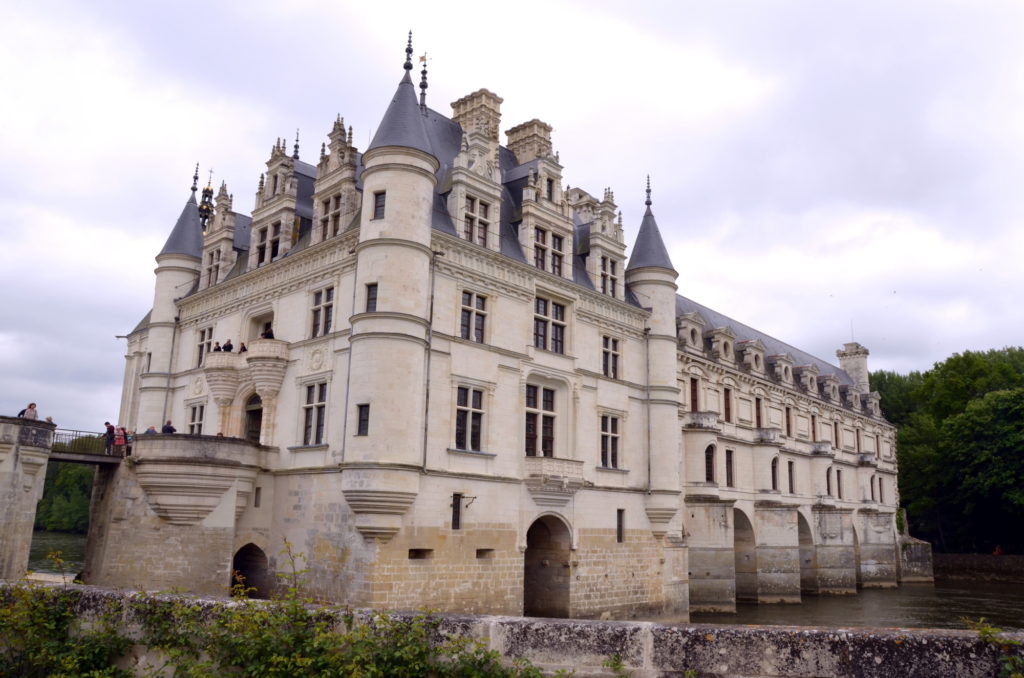
The construction of a Renaissance castle started in the beginning of the 16th century by a French politician Thomas Bohiet, but as he was busy fighting in the Italian wars, his wife – French noblewoman Catherine Briconnet – influenced the architectural decisions. Later the castle was given to Francois I instead of reimbursement of interests. When his son Henry II ascended to the throne, he gave the castle to his mistress, Diane de Poitiers and thanks to her a beautiful French garden was created, and also the bridge connecting the castle with the other bank of the Cher river. After the death of Henry II the castle returned to his wife, Catherine de Medici who gave Chaumont-sur-Loire to Diana as a compensation. In 1576 the double gallery was built on the bridge on the impulse of Catherine – the gallery used to serve as a place for balls. I think she had a great idea – can you imagine dancing above the river? 🙂

She also created second garden and a park. Another women living in the castle were for example Luise Lorraine (widow after Henry III) or Louise Dupin that saved the castle during the French revolution. During the WWI, a hospital was installed in the castle, equipped on the expense of the family Menier (chocolate manufacturers).

What you shouldn’t miss inside: the chapel, beautiful rooms of the most important women who lived on the castle, green study room and library of Catherine Medici from where she governed France after the death of her husband Henry II, kitchen in the basement, drawing-room of Francois I and Luis XIV, and the wonderful double gallery above the river. The interior is decorated with paintings and Flemish tapisery.
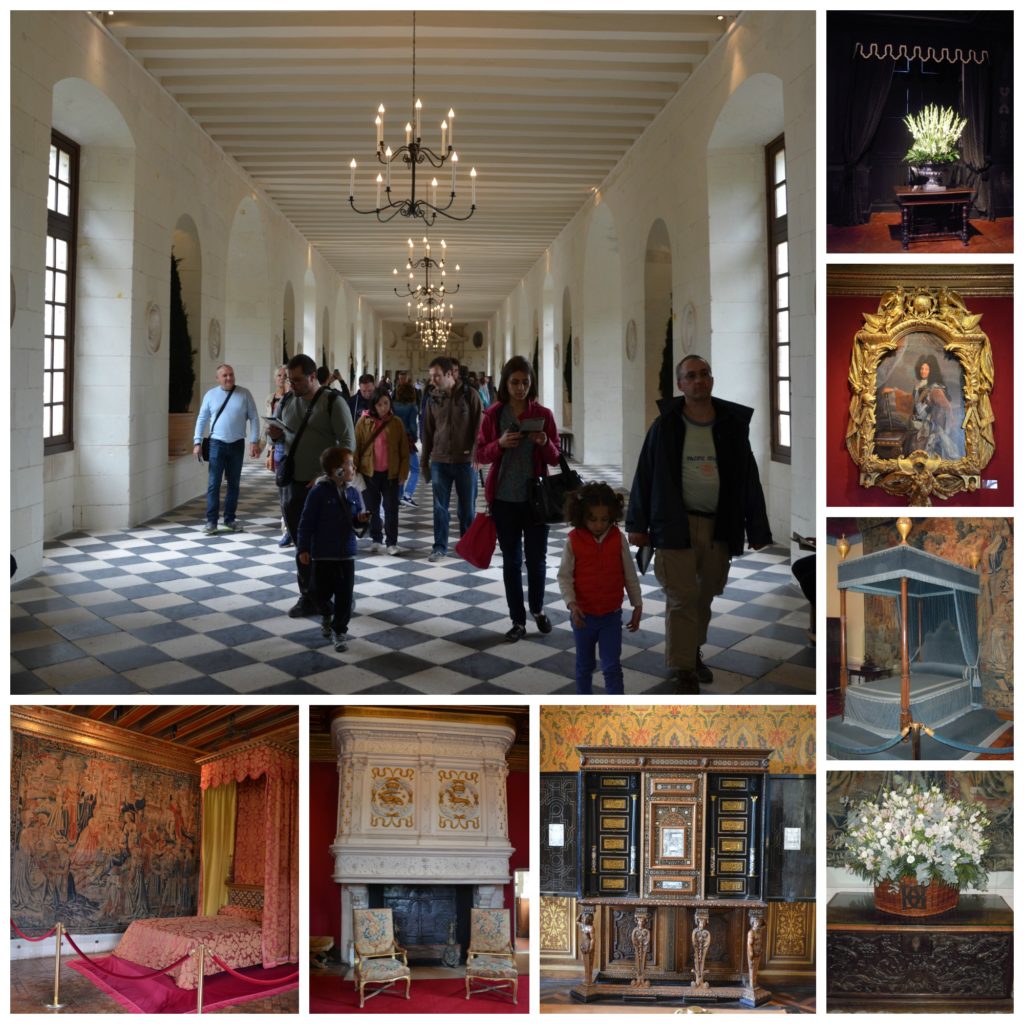
Other than the castle as such you should see two gardens in front of the entry to the castle: the square one was designed by Catherine Medici and the bigger one by Diane de Poitiers.
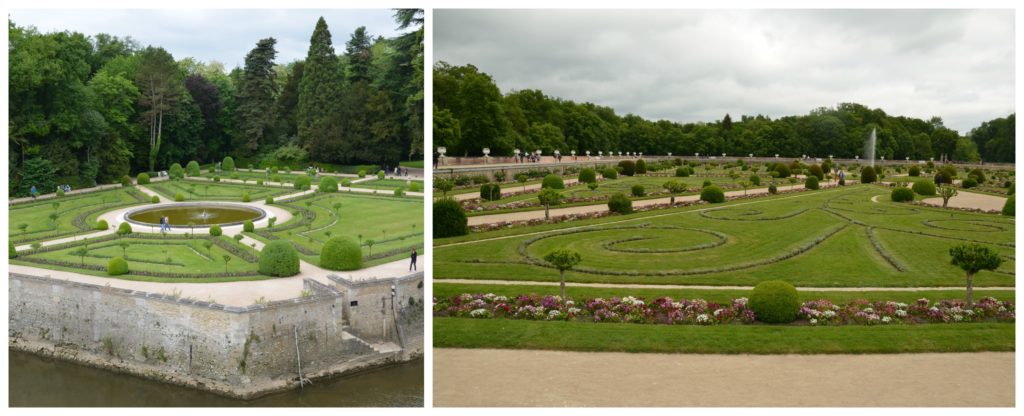
Do not forget to visit a flower garden where 10 gardeners cultivate 400 sorts of rose bushes and variety of cut flowers for the decoration of the castle’s interior, farm from the 16th century and a maze from the 18th century. If you feel like having a coffee or something to eat, there is Orangerie close to the entrance to the castle.
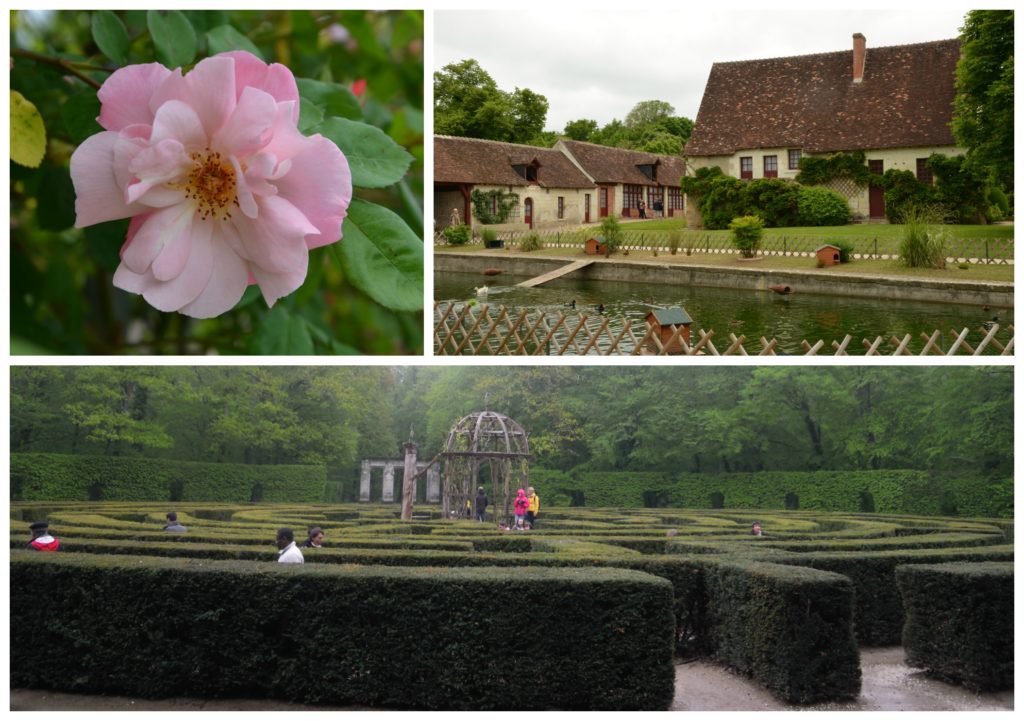
Official website of Chenonceau: www.chenonceau.com
Chaumont-sur-Loire
Somewhere between the towns Amboise and Blois you will find a castle originally a medieval castle in the height of 50 m above the river.
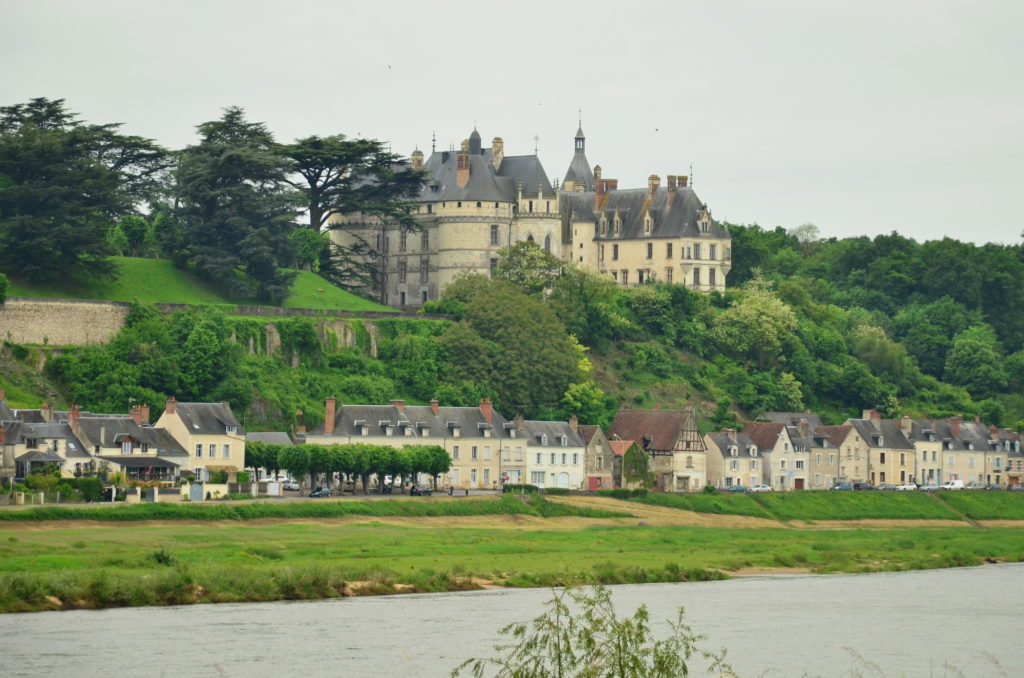
Similar to Chenonceau, Diane de Poitiers and Catherine Medici spent some time here. The domain of 30 hectares is a center of art and nature and is visited by 400,000 of people per year.
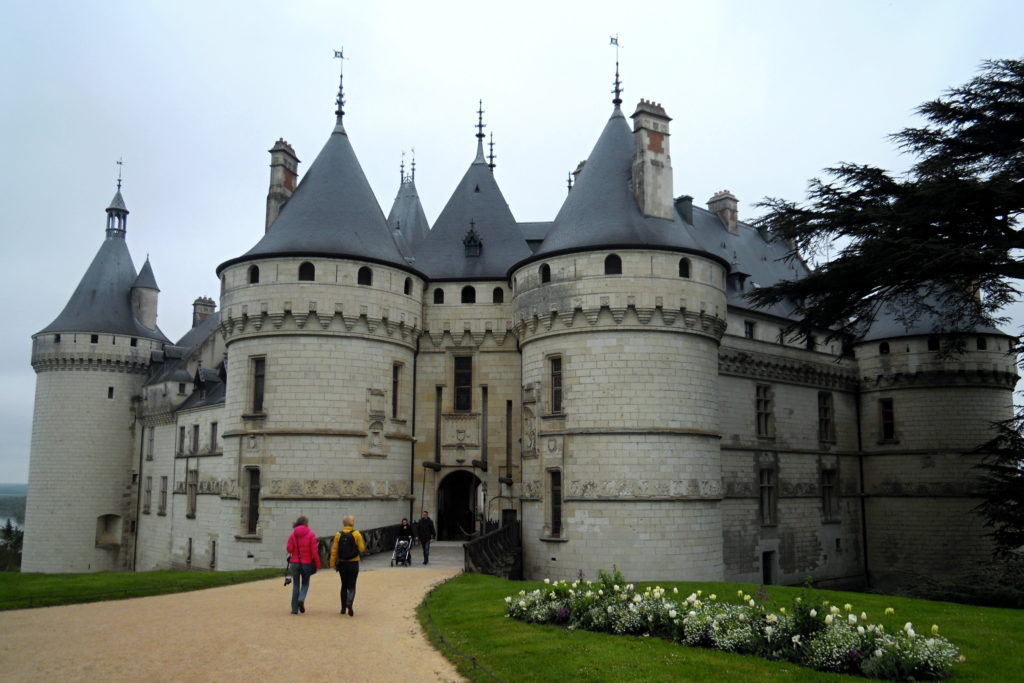
Inside the castle you can see exposition of contemporary art and photography. This is maybe the reason why the entrance fee here is higher than on the other castles (17 EUR per the complex).
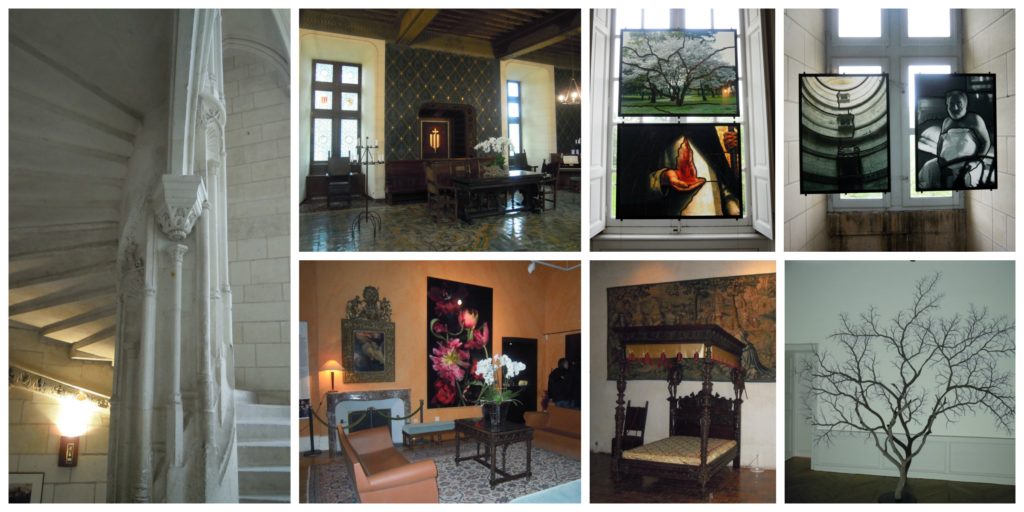
From the end of April to the beginning of October you can also visit the Garden Festival – festival of garden art and new garden trends. Here are few images from the Garden Festival:
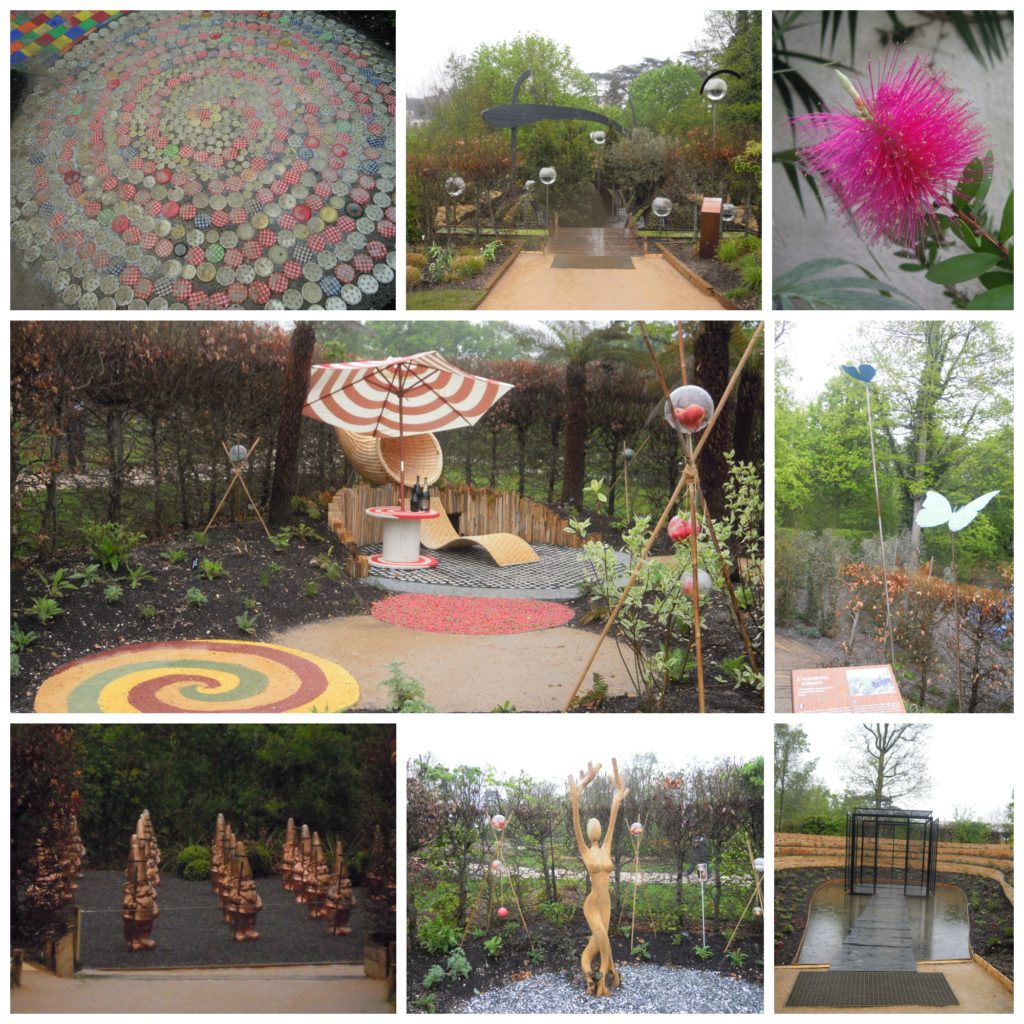
When leaving the castle, we became hungry and so we stopped in a small coffee place La Détente Gourmande. It was such a lovely improvised cozy place where the owner prepared herself the drinks and food. We loved the original decoration as well as the tree trunk inside and the hand-written menu. Nothing for snobs though. This is where I was amazed by goat cheese (untill then I had been resistant due to its stink) – as it was the only vegetarian snack I could get there 😉
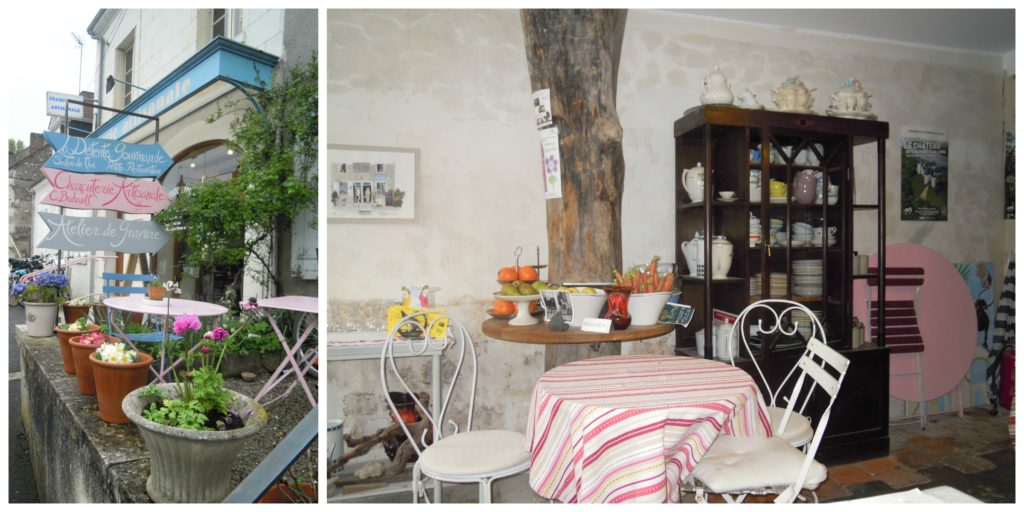
Official website of Chaumont-sur-Loire: www.domaine-chaumont.fr
Villandry
Villandry is the youngest Renaissance castle of the Loire Valley and lies about 15 km from Tours.
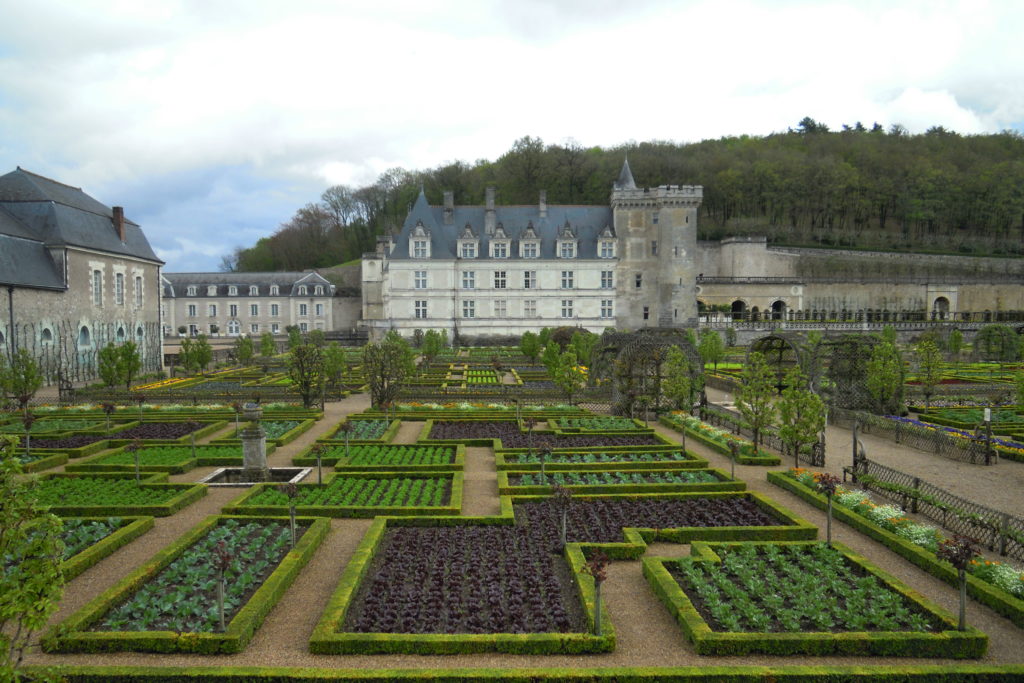
It was never a Royal residence as it was built in 1532 by Jean Le Breton, minister of finance of Francois I and consequently herited within the family. In 1754, marquis de Castellane (ambassador of Louis XV) bought the castle, furnished the interior in the Neoclassicism style and bought more land in order to enlarge the gardens. As from 1791, the castle changed owners several times, and then in the beginning of the 20th century, it was bought by doctor Joachim Carvallo and his wife Ann Coleman, who put their fortune into renovation and thanks to them the castle got back the Renaissance look. Since 1920, the castle has been open for public.
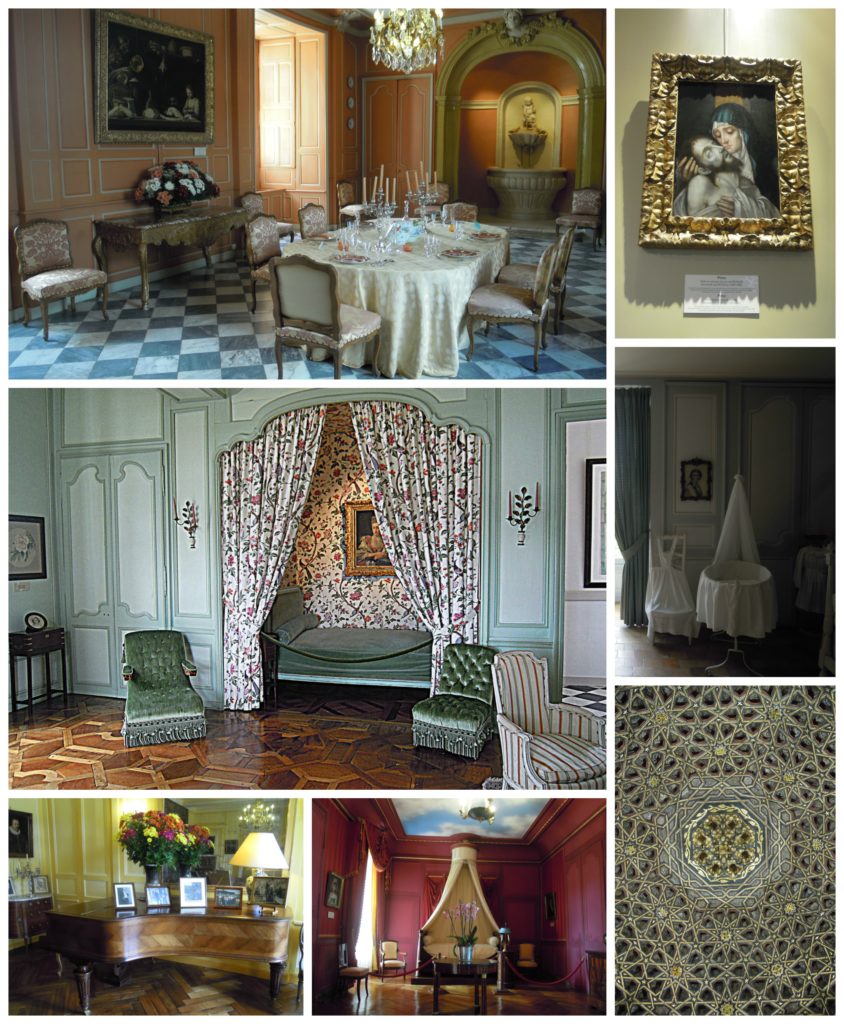
It stayed in my memories as a castle with 6 beautiful thematic gardens: vegetable, flower, sun, water, herbal garden and a maze.
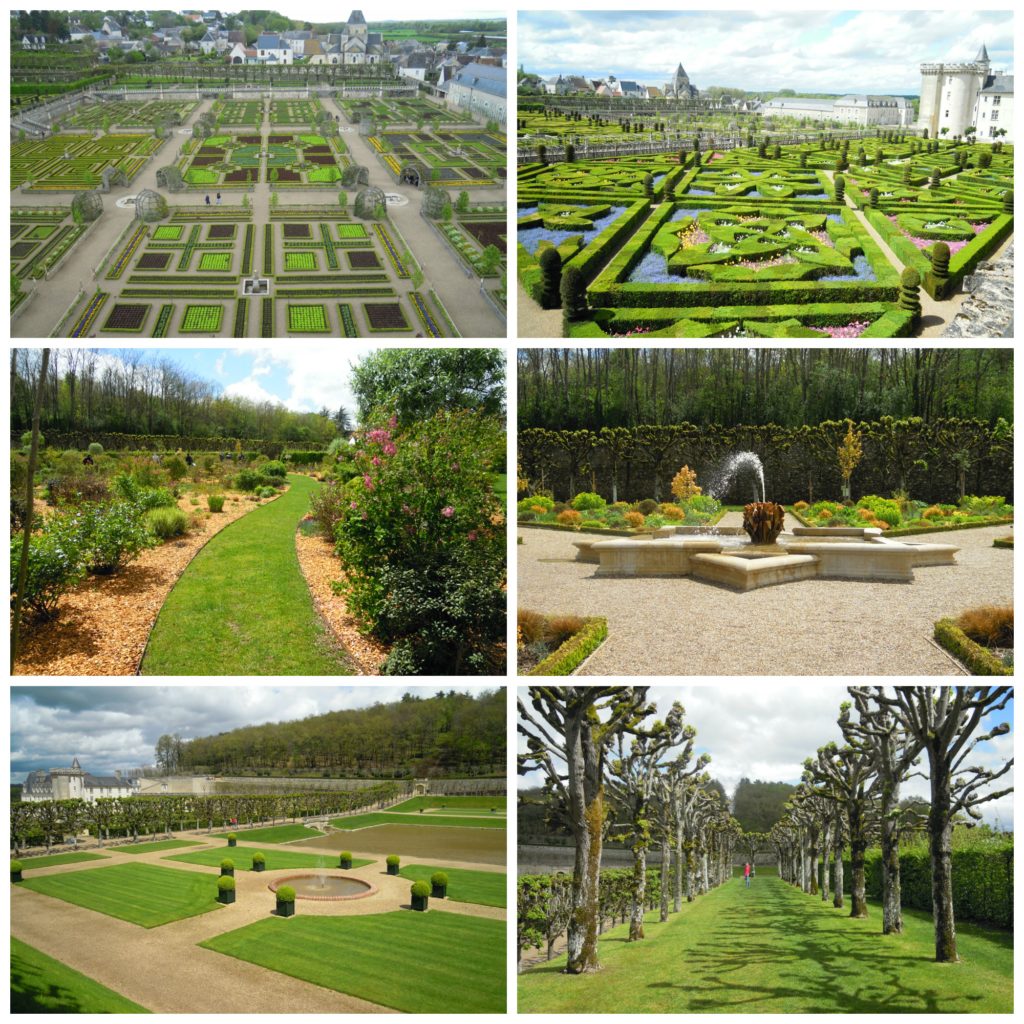
Next to the castle there was a tiny market, where I met these two and I failed to buy the whole half of the cheese 🙂 I loved the way they were handling the piece of cheese…
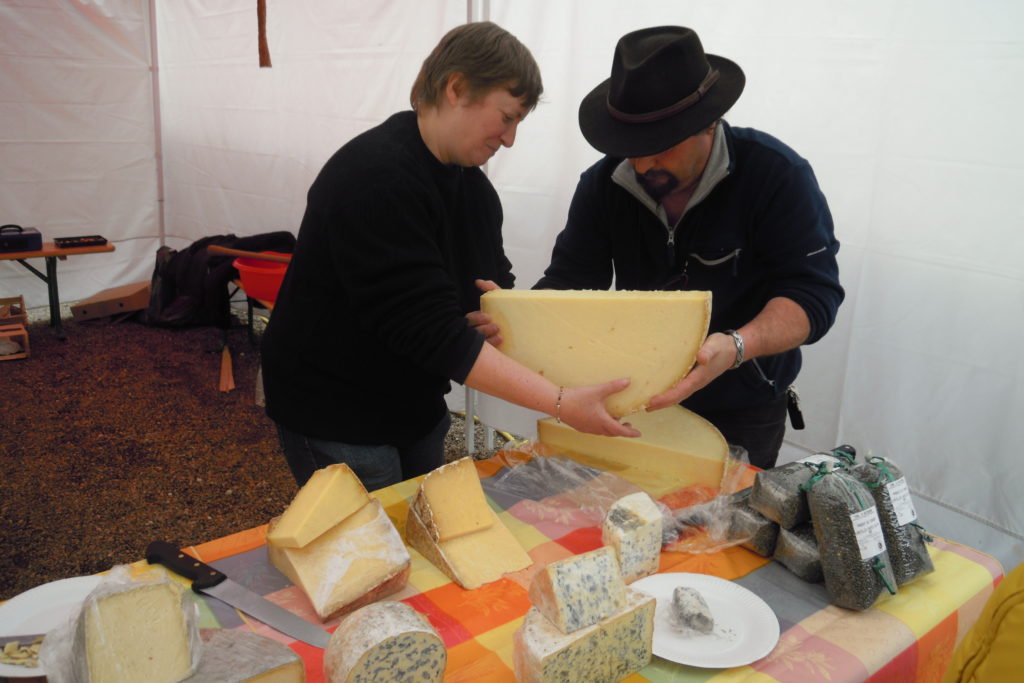
Official website of Villandry: www.chateauvillandry.fr
Azay-le-Rideau
Another Renaissance castle lies on the river Indre and you will find it in a small charming town of the same name, Azay-le-Rideau. It is one of the most beautiful castles in the Loire Valley, even Balzac or Rabelais felt in love with this place. The interior is decorated with Flemish tapestries and Italian Renaissance elements. Unfortunately it was closed when we arrived, so we couldn’t enter.

More info about Azay-le-Rideau: www.visitazaylerideau.co.uk
Amboise
In the town of Amboise you can find a castle with the same name – a castle situated on a terrace above the Loire River. In the 15th and 16th century it served as a Royal residence and in 1498 French king Charles VIII died here when striking his head into the door.
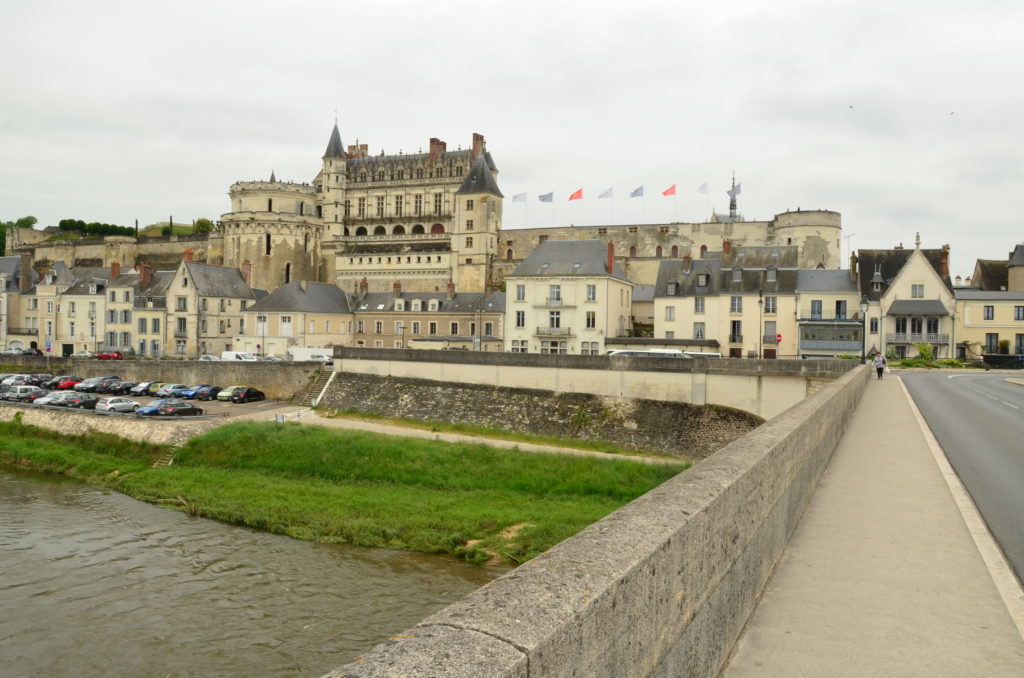
In the center of Amboise, there is also a very good “creperie” Anne de Bretagne. I can definitely recommend this place as me personally I had a great experience and I heard also locals recommend it. They have a funny waiter and delicious galettes bretonnes (kind of salty pagan pancakes), sweet pancakes and for drink I need to mention the typical Britanny’s and Normandy’s cidre (fermented apple juice with low percentage of alcohol).
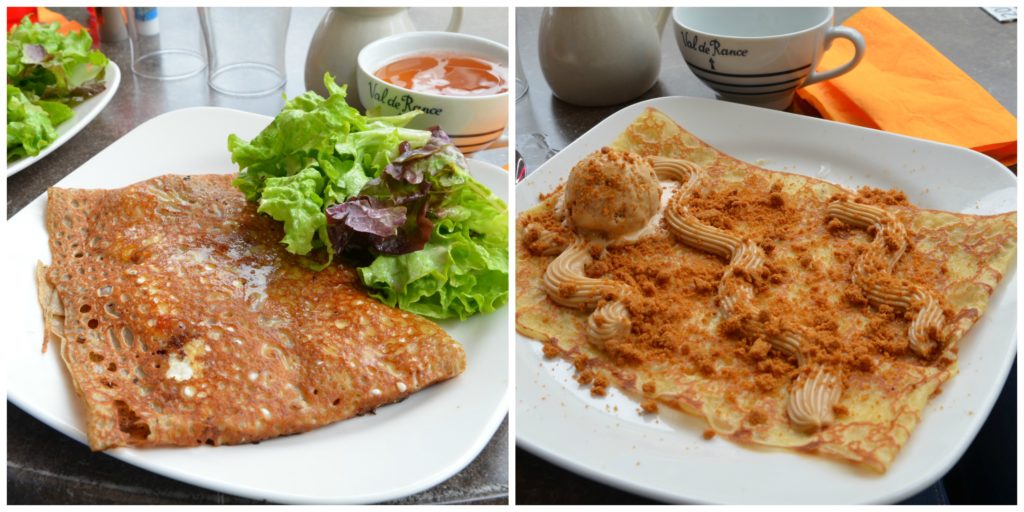
One of the biggest markets in the region takes place in Amboise on Sunday morning. You may get fresh local cheese, bread, eggs, veggies and fruit, even wine – all what you need for your picnic in the nature!

Official website of Amboise: www.chateau-amboise.com
Blois
Blois is another town with a charming castle, originally Medieval, but it had been enlarged several times so it was marked by different architectural styles – Gothic, Renaissance, even Neoclassicism. The castle used to be a favorite Royal residence for a long time. All the summer from April to September there is a light and sound show on the courtyard, starting at 22:00 almost every day. It is worth seeing, but the once we came to see the show, we got stuck on a random concert in the city and arrived few minutes past 22:00, and the doors were already closed. So be on time!
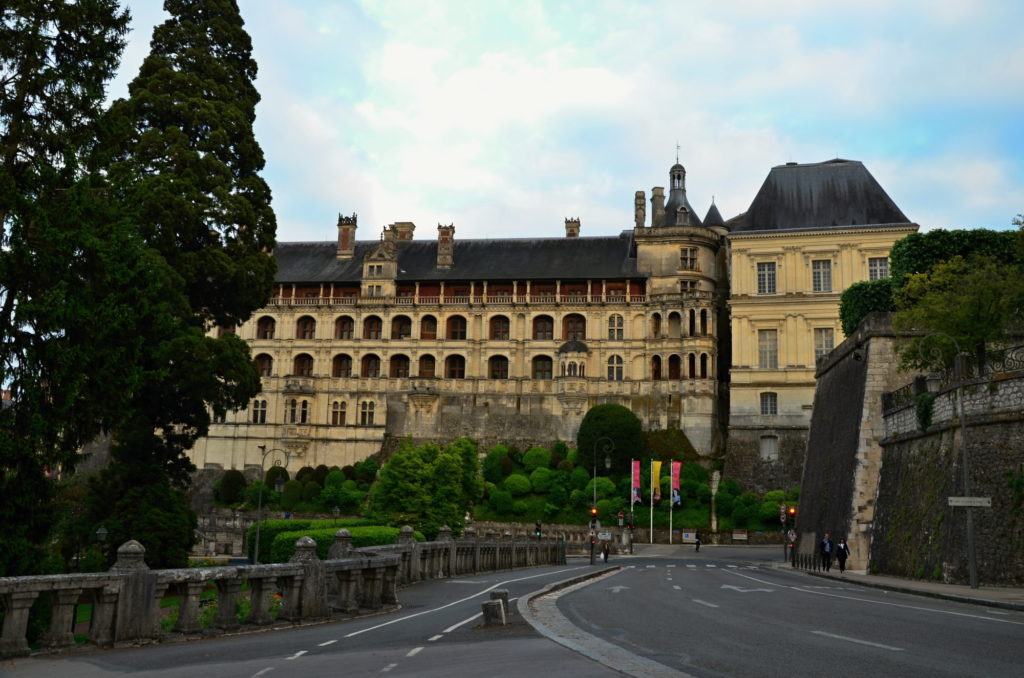
Official website of Blois: www.chateaudeblois.fr
Langeais
Between Tours and Amboise, in a tiny town Langeais, a castle of the same name is situated. From the original fortress built in the 10th century, only a part of the tower has survived. The fortress was seized by England during the hundred years war and then later in the 15th century it was rebuilt into a Renaissance castle. The key event on the castle was a marriage of French king Charles VIII with a duchess Anne of Brittany, thanks to which the Brittany belongs to France.
We only saw the castle from the outside as we arrived just few minutes before the closing time. Never mind, we had a nice walk and coffee break in this lovely village.
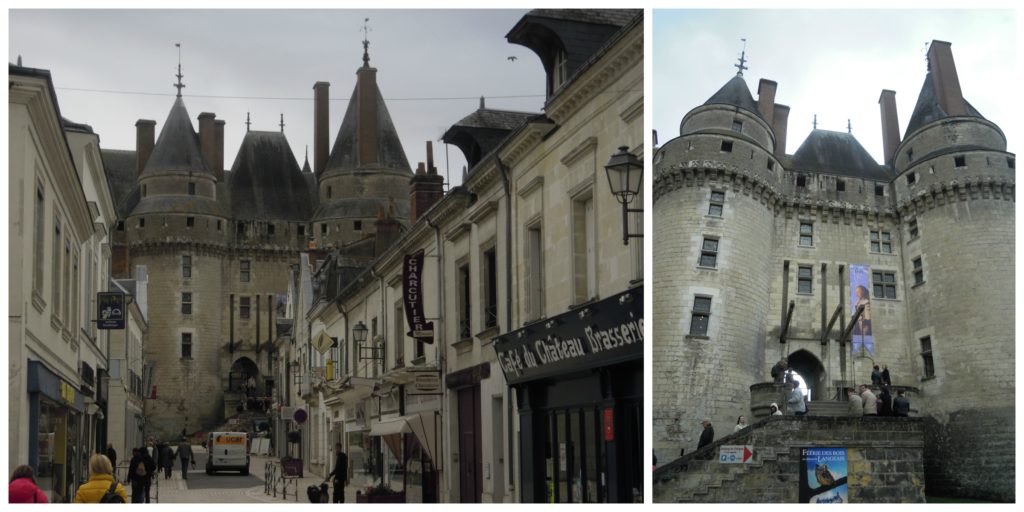
Official website of Langeais: chateau-de-langeais.com
Wine
The Loire Valley is a vast region of wine production – from Nantes to Blois you find various sort of territories producing different wine even from the same grape varieties. The most known regions are Anjou, Saumur, Chinon, Tourraine, Saumur, Vouvray. The local production includes white wines made mostly from Chenin blanc, Sauvignon blanc and red wines made mostly from Cabernet franc and Gamay, as well as rosé wines and sparkling wines (Crémant). But all the local wines can be characterized by three words: fresh, vivid and elegant. Since the Middle Ages, the wine has been a part of the “bien vivre” (live well) culture.
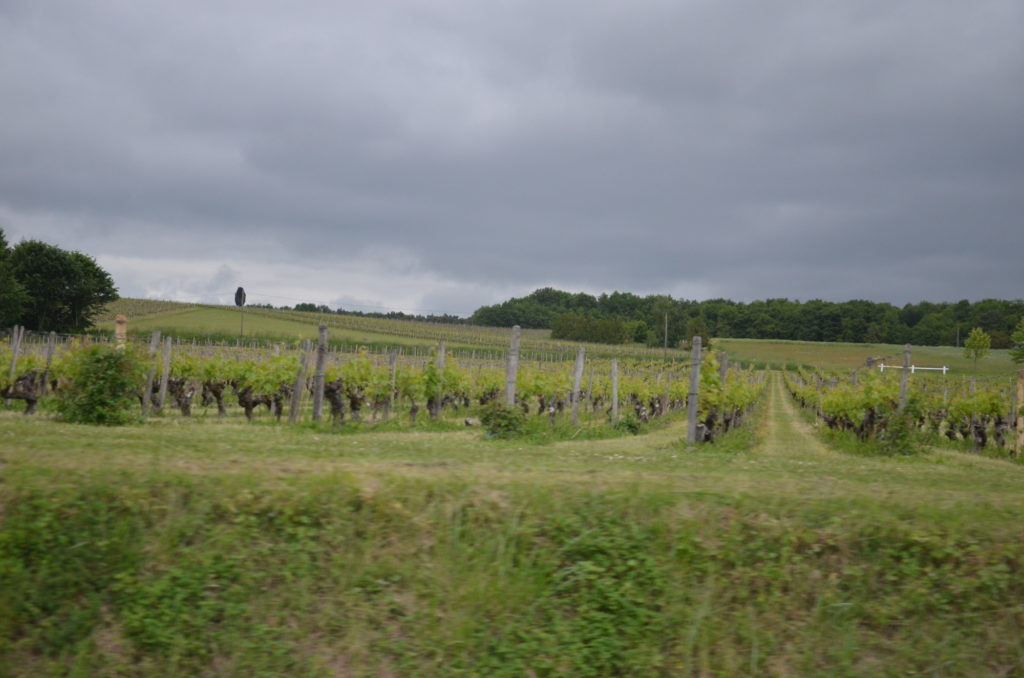
You definitely need to visit the local producers, and not cooperatives or caves that sell bottles from several producers – those are usually only sellers and will only want you to buy no matter what, while the small producers makes time for you, will let you taste his products and talk to you about wine as their passion and you can learn a lot from them.
What I tried personally and can recommend:
Guy Durand: 11 chemin neuf, 37530 Mosnes
I visited twice Mr. Durand. First time he spent about an hour with us, explaining us even the basics about wine. He answered all our questions and we learned a lot from him. He let us taste majority of his wines and explained all the possible differences. He does not add sugar to the wine, despite this fact I felt in love with his basic wine “Terre de Poudingue” which is naturally sweet and fruity and smells wonderful.
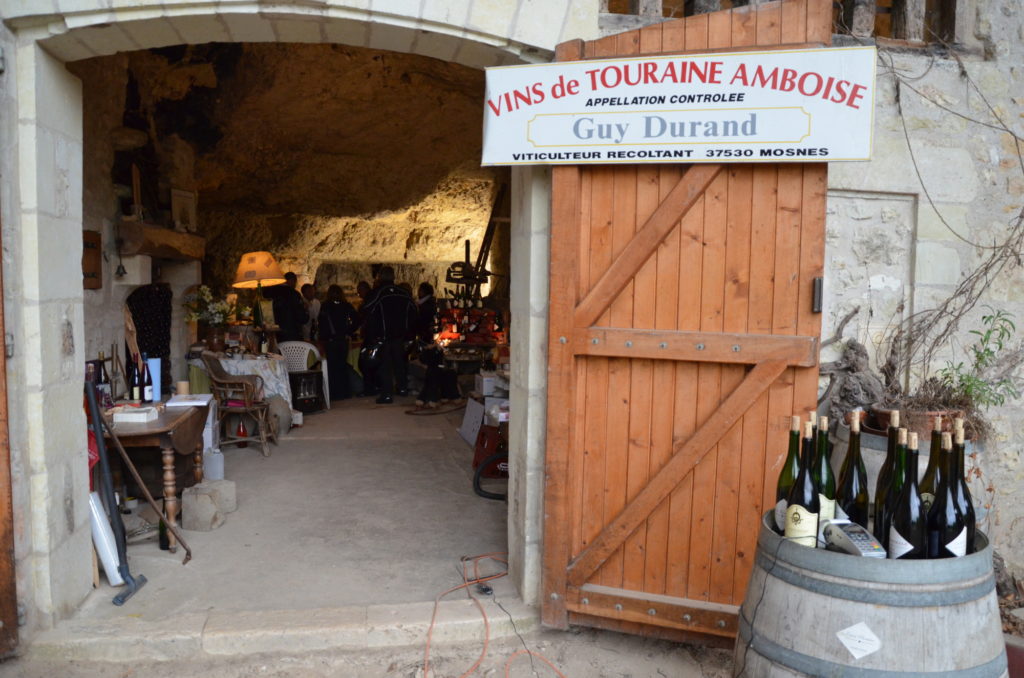
Plou et fils: 26 rue du Général de Gaulle, 37530 Chargé
Visit the shop of the family that has been producing wine since 1508 – it is just a short ride from Amboise. Mr. Plou and his sons let you taste up to 16 different wines and if you want to learn more, they are offering visits to their caves and vineyards, where you can learn about their methods and techniques used to produce and store wine (upon a telephone reservation).
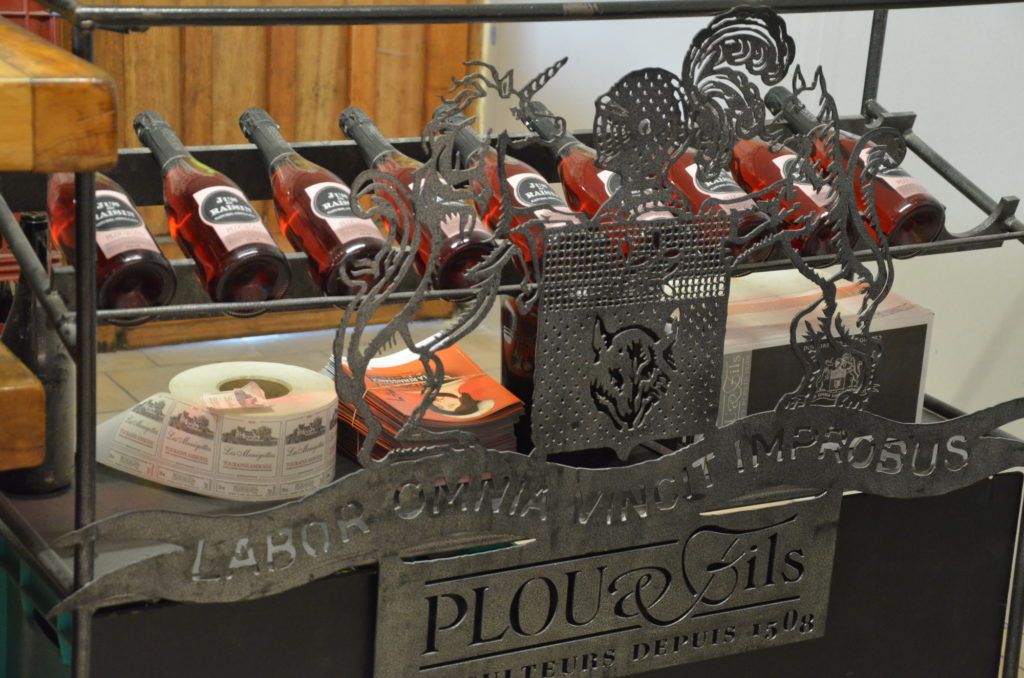
Domaine Cyrille Sevin: 201 rue de chancellée, 41250 Mont-Pres-Chambord
Bio producer Cyrille Sevin explained us the concept of bio wine production or a production of wine from bio grapes, which has been a fast growing trend over the past few years in France. Despite being sceptic to rosé, we felt in love with his Crémant rosé – very fresh and fruity sparkling wine, but also the red ones, that have more character.
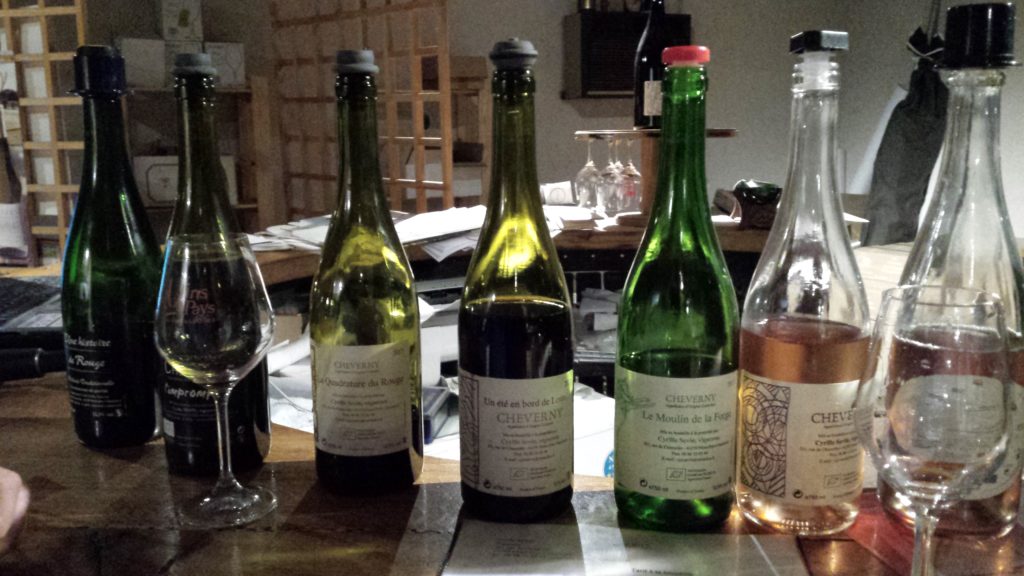
And here is some advice if you decide to go:
The best option is to do a car trip which gives you certain freedom in order to see places that are not easily accessible by the local transport, and also you can bring home some bottles of wine or other local products. If you do not feel like getting bottles of wine or if you plan to drink it during the ride ;), do a bike trip! If it is not raining, bike is a very good option for everybody as the region is quite flat and full of green.
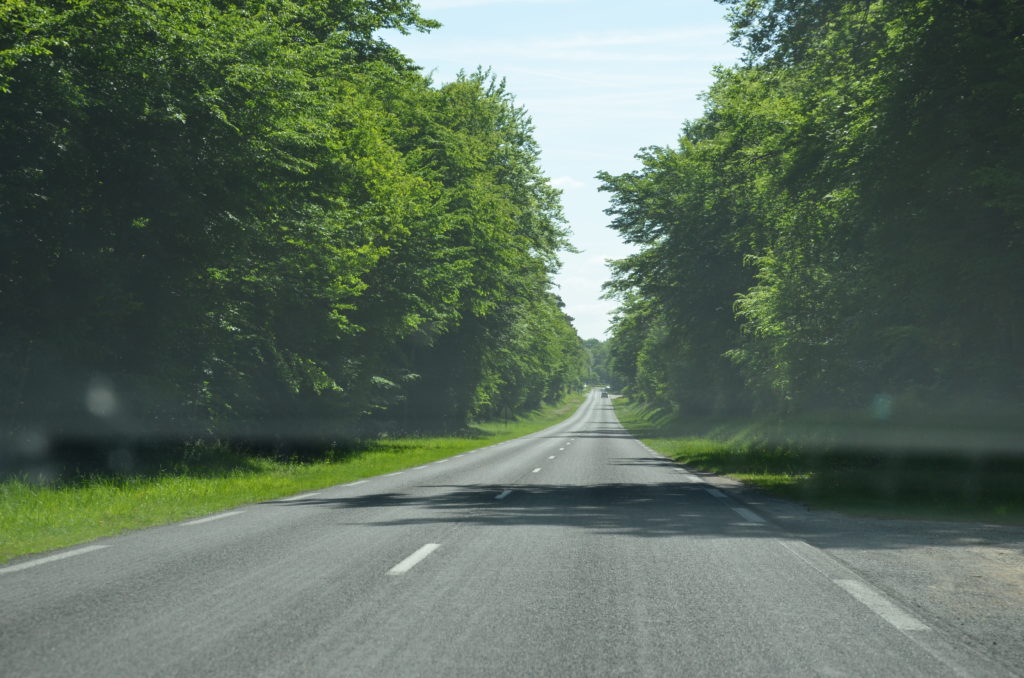
Concerning the accommodation: the best option is to take a “chambres d’hotes” which is a sort of cozy guesthouse. They are often situated in small villages or in the middle of nowhere. These are the best ones as usually for breakfast you can taste local products, even from the garden! The rooms are cozy and very well decorated. The people are friendly, during the home-made breakfast they give you advice where to go, what to see, or you can talk about their life and whatever else, no stress 😉
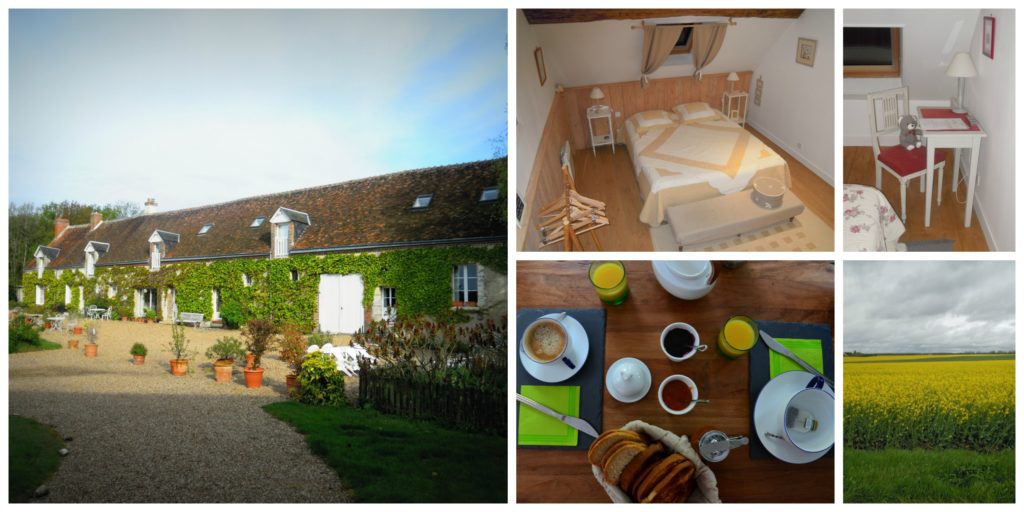
So this is it about my trips to the Loire Valley. A beauty that can only be perceived 100% if you go there personally and I hope some of you got inspired here for your next journey. What about those who already went – which castles did you enjoy the most?
